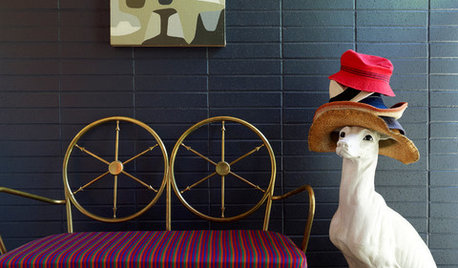N Joy Pothos leaves
wiccadgardener
13 years ago
Featured Answer
Comments (19)
gobluedjm 9/18 CA
13 years agobirdsnblooms
13 years agoRelated Professionals
Harrison Landscape Architects & Landscape Designers · Hyattsville Landscape Architects & Landscape Designers · Middle Island Landscape Architects & Landscape Designers · Palm Springs Landscape Architects & Landscape Designers · Paradise Landscape Architects & Landscape Designers · Blue Springs Landscape Contractors · Fair Oaks Landscape Contractors · Hickory Hills Landscape Contractors · Leicester Landscape Contractors · Mount Kisco Landscape Contractors · Newberg Landscape Contractors · Oviedo Landscape Contractors · Quincy Landscape Contractors · Snoqualmie Landscape Contractors · Garden City Interior Designers & Decoratorspirate_girl
13 years agokaren715
13 years agobirdsnblooms
13 years agopirate_girl
13 years agopagrdnr
13 years agobirdsnblooms
13 years agopagrdnr
13 years agoexoticrainforest
13 years agowiccadgardener
13 years agoexoticrainforest
13 years agobirdsnblooms
13 years agoexoticrainforest
13 years agobirdsnblooms
13 years agoexoticrainforest
13 years agoexoticrainforest
13 years agoexoticrainforest
13 years ago
Related Stories

DECLUTTERINGDownsizing Help: Choosing What Furniture to Leave Behind
What to take, what to buy, how to make your favorite furniture fit ... get some answers from a homeowner who scaled way down
Full Story
FEEL-GOOD HOMESimple Pleasures: The Joy of Fresh Sheets
Make your bed a place of comfort and relaxation with good-quality linens, ample pillows and other pleasing accoutrements
Full Story
LIFESimple Pleasures: The Joy of Baking
Fill your house with a heavenly scent and your heart with cheer by making time to bake
Full Story
KITCHEN DESIGNHow to Bring More Joy to Your Kitchen
Take the edge off your kitchen with seven ideas to make it more nourishing to the eyes, body and soul
Full Story
LANDSCAPE DESIGN17 Wandering Paths That Take Joy in the Journey
Explore secondary paths that are full of nuance and add intrigue to the landscape
Full Story
GARDENING GUIDESHouzz Call: What’s Your Favorite Backyard Beauty?
The simple, honest daisy is this writer’s go-to garden flower. We want to hear which plant, flowering or otherwise, gives you special joy
Full Story
FALL GARDENING11 Trees for Brilliant Fall Color
Give your landscape the quintessential look of autumn with the red, orange and yellow leaves of these standouts
Full Story
DIY PROJECTSHouzz DIY: Make a Mini Moss Sanctuary
This easy-to-assemble terrarium brings the joy of moss to your tabletop or shelf
Full Story
TASTEMAKERS7 Ways to 'Happy Chic' Your House and Life
Jonathan Adler dishes on how to create a joyful, meaningful home with plenty of room for humor and style
Full Story
LIFEChore Time: How to Work Better as a Family
That’s not just a crumb-strewn counter or a yard scattered with leaves. It’s a valuable opportunity
Full Story








exoticrainforest